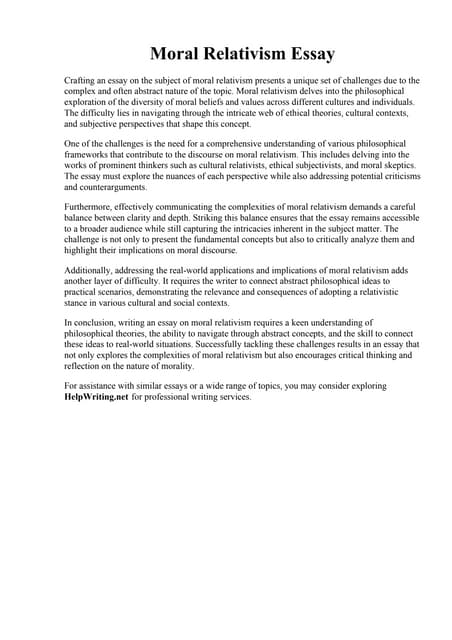I am aware of the room, these words, my bodily sensations, feelings, thoughts. These are objects of awareness. But what is this awareness? Awareness is one of the greatest mysteries we face. Why should it exist at all?
I will refer to the experience of ‘awareness itself’ as a pure awareness experience. Most people, aside from those familiar with spiritual traditions such as Buddhism, have never heard of pure awareness, let alone believe that there is such a phenomenon. They think that consciousness is just the qualities of experience such as seeing the pinkness of the water lily and smelling its sweet fragrance. According to many meditative traditions this is to miss the essence of consciousness. It is to focus on the contents of awareness, while overlooking awareness itself. There is a growing interest amongst philosophers and scientists in pure awareness experiences reported by contemplatives. A recent example is a study by Alex Gamma and Thomas Metzinger which surveyed the characteristics of pure awareness experiences in 1,400 meditators.1

The recognition of pure awareness is particularly important in Tibetan Buddhism as it is Buddha Nature itself. As it is described in the Tibetan Book of the Dead:
This brilliant emptiness is the radiant essence of your own awareness. It is beyond substance, beyond characteristics, beyond colour… The instant of your own presence is empty, yet it is not a nihilistic emptiness, but unimpeded radiance, brilliant and vibrant… Your own awareness, a vast luminous expanse, clarity inseparable from emptiness, is also the Buddha of unchanging light, beyond birth and death. Just to perceive this is enough. If you recognize this brilliant essence of your own awareness as Buddha Nature, then gazing into it is to abide in the state of enlightenment.2
This awareness is empty like all phenomena because it lacks its own inherent existence. It is not merely nothing, however, because it is luminous, which is another way of saying that it is awake and alive. This awareness lacks colour and all other qualities. It is colourless, shapeless, feelingless and silent. It is described as pure and transparent — a clear light. It is as vast and boundless as the open sky.3 Francesca Fremantle refers to it as ‘luminous emptiness’.4
Given the importance of pure awareness in Buddhism, the question is — how does one recognise it? Generally, it is thought to become manifest in deep meditative states, when all thoughts, and in fact all objects of awareness, have completely ceased arising. All that remains is a self-luminous awareness. However, how this realisation of pure awareness is meant to have practical benefits off of the meditation cushion is uncertain. There may be some psychological benefits that carry over into everyday life, but surely recognising it in the midst of everyday …
Read the full article which is published on Daily Philosophy (external link)






